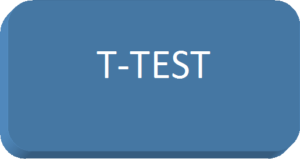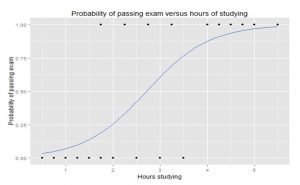Image source: commons.wikimedia.org
The K-8 configuration school allows the student to engage in age-based activities, provides a sense of continuity and a way to create a family environment through well-known students. K-8 schools enroll kindergartens students (from 5 years) through to 8th grade (up to 14 years). This article looks at the pros and cons of K8 or 1-8 configuration.
Pros:
1. Saves money: Having a number of classrooms in a single building and a high number of students is relatively cheap compared to having classes in different buildings.
2. The sense of continuity: Having kids who enroll from kindergarten up to 8th grade brings a wonderful sense of continuity among the students.
3. Create a family environment: The K-8 model helps create a family/community environment around the kids you know very well and their families.
4. Understand students better: Interacting with the student from kindergarten enables the teachers to understand the student better. The teachers can know the optimal emotional and social background of the student and treat him better.
5. Boost student confidence: The younger kids may feel at ease interacting with older children in the school and learn from them. The older students can help the juniors in learning difficult areas.
6. Increased opportunities: The older students can receive a lot of opportunities and are empowered to various roles in the school and the young can get more mentorship from the seniors. The older students will be role models to the young.
7. Performance: Students in K-8 schools perform better than other students in a stand-alone middle school.
8. Involvement of parents: The parents are more involved in the child’s education since they know the teachers and staff who handle their children.
9. Avoid stressful transitions: The student will not face the challenges of transitioning from elementary school to middle school. He may also avoid any loss of achievement when transitioning between schools.
10. Leadership skills: Students can assume early leadership responsibilities. This creates a sense of belonging, confidence and boosts the self-esteem of students.
Cons:
1. Difficult maintaining diverse offerings: Teaching core courses at each grade and introducing elective multi-age courses based on different curricula may be difficult in the long term.
2. Dealing with more kids: The gap between teacher-student ratio is very high. Many times the teacher may have a large number of students to handle in a given class, thus he may not give full attention to each student.
3. Sharing of resources: Limited sports facilities, classes, and other school resources have to be shared by all.
4. Difficult to meet student’s needs: Each student has different needs and having a big number of students limits the ability to create a unique experience that meets the needs of all students in each grade.
5. Culture shock: Not attending middle school prior to joining high school can create a culture shock among the adolescents and put them in an awkward transition when they join high school.
6. Different schedules: Traditional elementary students remain in the same class most of the day while traditional middle-level students may shift from one class to the next during the day and care should be taken to ensure elementary students are not affected by noise from shifting students.
7. Bullying: It increases the level of bullying since the bullies can prey on the weak. In k-8 schools, the age difference can be up to nine years and this can result in an increased potential for bullying due to the widening age gap between the students.
8. Need a large space: To house so many grades in one area needs a lot of space and may take time and money to build classes for all.
9. Bad influence: Due to the age difference, the older students may influence the younger children with bad behaviors.
10. Difficult allocation of resources: Due to a massive number of students and limited resources, it becomes difficult to schedule resources, and sometimes a lot of rescheduling takes place.




It’s interesting to know that having your kids enroll in a K-8 model will help him to feel a sense of continuity. My husband and I are thinking about how to help my sister with her son’s education. I will let her know about the benefits of the K-8 model to help her decide.